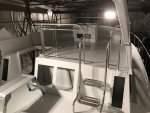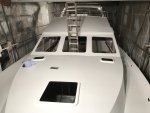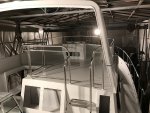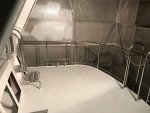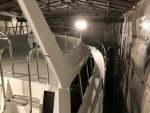Mr Googler
Well-Known Member
I know that look ??? My last project boat involved painting a 34ft hull. tried my hand at wet sand blasting…..never again!
Amazing work as ever!
Amazing work as ever!
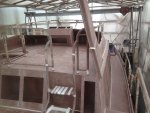
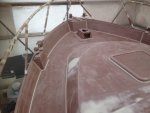
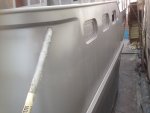
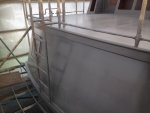
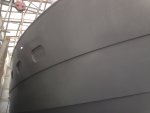
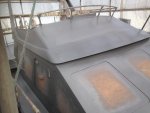
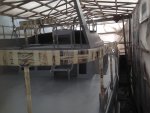
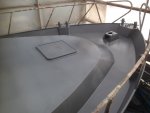
Looks incredible !
Holy mother of God!
I nominate JOHNPEET to be Moderator
I thought it was our highest honor that we can bestow.....No need to be nasty…..I’m sure he’s a perfectly nice chap
Wwwffff! I was thinking of sliding off into the background again after this! ?I thought it was our highest honor that we can bestow.....
that was very funny ?...once I got it translatedBoy a get in Tesla ,go Wales and kidnap him , he could do your tank in 2 years .
In Welch innit, wiv spoons in watcha.that was very funny ?...once I got it translated
Did you find out as to why the above water seams were only welded on one side John?All seams below the waterline are welded both sides and above the waterline just on one side. This is in accordance with the designer’s manual.
Did you find out as to why the above water seams were only welded on one side John?
Nice job!To be honest, it’s not a question that I ever asked!
The welds beneath the waterline are properly prepped by vee-ing the joint out and making a full penetration weld from the outside. The inside of the welds are then cleaned lightly with the grinder and a good bead of weld laid down and not ground off. So you end up with probably a good 6mm of weld thickness on a 5mm plate after grinding off the outside.
The welds above the waterline are still properly prepped and a full penetration weld achieved. There is great emphasis from the designers manual to not “overweld” the hull if you want to achieve a fair boat.
I think the issue is that the welds above the waterline still need to be carried out to a good standard, but as they’re not as critical as the ones beneath the waterline, they don’t need to be welded both sides. Also, over time, they’re less likely to lose thickness due to corrosion.
A great deal of the strength of the boat comes from the interlocking steel pieces, bulkheads, stringers etc - many of which are only stitch welded together. Together, it all forms a monocoque construction.
The welding prep (vee-ing) for all those joints sounds like quite a process in itself. We're they pre machined or did you have to go round with a grinder?
